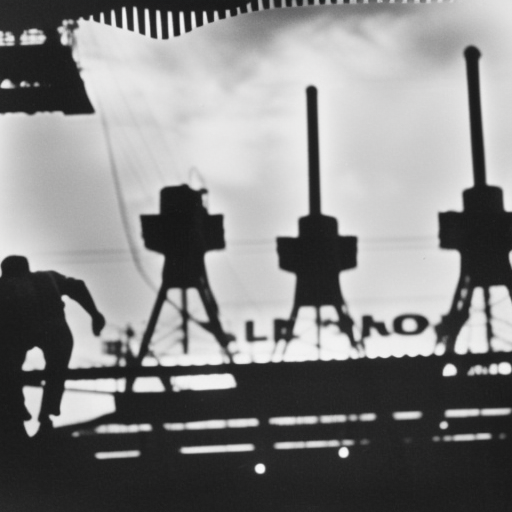Summary: 1952 Republican National Convention
The 1952 Republican National Convention was held from July 7 to July 11, 1952, in Chicago, Illinois. The convention marked a significant turning point in American politics as it nominated General Dwight D. Eisenhower as the Republican candidate for President of the United States. This event also witnessed the emergence of Richard Nixon as Eisenhower’s running mate, setting the stage for a new era in American politics.
The Candidates
The convention featured a heated contest between several prominent Republican candidates. The leading contenders were General Dwight D. Eisenhower, who had gained immense popularity as the Supreme Commander of the Allied Forces during World War II, and Senator Robert A. Taft, a conservative stalwart known as “Mr. Republican.” Other candidates included Governor Earl Warren of California and Governor Harold Stassen of Minnesota.
The Battle for the Nomination
The battle for the nomination was intense, with Eisenhower and Taft leading the pack. Eisenhower’s popularity among the American people and his status as a war hero made him a formidable candidate. However, Taft had a strong base of conservative support within the party. The convention became a battleground between the moderate and conservative wings of the Republican Party.
The Eisenhower-Nixon Ticket
In a surprising turn of events, Eisenhower chose Richard Nixon, a young senator from California, as his running mate. Nixon had gained national attention for his role in exposing Alger Hiss as a Soviet spy. This decision was seen as an attempt to balance the ticket by appealing to both conservative and moderate Republicans. The Eisenhower-Nixon ticket promised a new era of leadership and unity within the party.
The Convention Proceedings
The convention proceedings were closely watched by the American public and the media. The nomination process was highly contested, with multiple rounds of voting required to determine the winner. On the first ballot, Eisenhower secured a significant lead but fell short of the required majority. After several rounds of voting, Eisenhower emerged as the clear frontrunner, ultimately winning the nomination.
Eisenhower’s Acceptance Speech
In his acceptance speech, Eisenhower emphasized the need for unity and a strong defense against the threat of communism. He pledged to bring about peace and prosperity through a balanced approach to domestic and foreign policy. Eisenhower’s speech resonated with the American people, and his message of hope and stability struck a chord in a nation recovering from the ravages of war.
The Impact
The 1952 Republican National Convention marked a turning point in American politics. Eisenhower’s nomination signaled a shift towards a more moderate and inclusive Republican Party. His victory in the general election brought an end to two decades of Democratic control of the White House. The Eisenhower-Nixon administration would go on to implement significant policies, including the construction of the interstate highway system and the establishment of NASA.
Conclusion
The 1952 Republican National Convention was a pivotal event in American history. It nominated General Dwight D. Eisenhower as the Republican candidate for President and introduced Richard Nixon as his running mate. The convention showcased the battle between the conservative and moderate factions within the party. Eisenhower’s victory and subsequent presidency marked a new era of Republican leadership and set the stage for significant policy changes in the years to come.












